Can you keep rabbits indoors? Your indoor rabbit questions answered
Rabbits can make good indoor pets, if you know how to properly care for them! Pet rabbits live for between 8 to 12 years, and there’s no reason why your indoor rabbits can’t reach a grand old age.
Whether you’re keeping rabbits indoors or outdoors, the fundamentals of great rabbit care are the same – you’ll just need to adapt them slightly for your indoor buns.
These include:
- Enough space! Rabbits’ housing should be at least 3m x 2m x 1m high with constant access to their exercise area.
- A safe space. Keep your indoor rabbits safe from any exposed wires, unsafe chewing materials and house plants. Indoor hazards are something to watch out for!
- A great diet, perfect for rabbits. Made up of 85-90% feeding hay or fresh grass, 10% rabbit safe greens, 5% nuggets, and the occasional healthy treat.
- Constant access to fresh, clean water.
- Suitable enrichment. Rabbit friendly toys, boredom breakers and puzzle feeders are great for keeping those bunny brains occupied.
For more detailed information on how to take care of a pet rabbit indoors, check out our indoor rabbit guide.
What breed of rabbit is best for indoors?
Most rabbits are fine to live indoors or outdoors. Their breed is not important, it’s all about how you set up your indoor rabbit house.
While the minimum recommended size for any rabbit enclosure is 3m x 2m x 1m high, this is for an average sized pair of bonded rabbits. If you have more than two rabbits, or giant breeds, you will need to give them more space. They should be able to hop at least three times, stretch right out, and stand of their hind legs. There should also be enough space for your rabbits to sit together, or apart if they wish.
Whichever rabbits you choose to bring into your life, always do some research on the breed beforehand. Some lop eared and flat faced breeds, like netherland dwarfs, are prone to certain health issues.
Can rabbits be free in the house?
You can choose to allow your rabbits free roam of your house, or a section of your house. If you do choose to have free roam rabbits, you need to make sure their space is rabbit proofed. This includes:
- Covering up or hiding away wires
- Removing all house plants
- Removing any unstable pieces of furniture or items that could fall
- Blocking off steep stairs or balconies
- Make their available space escape proof
How do I keep my indoor rabbits safe?
Rabbit proofing your home is a key step in any great indoor rabbit set up. Some of the common indoor rabbit hazards are:
- Exposed wires
Electric wires will be treated just like tree roots by your rabbits. In the wild, rabbits have no problem chewing through tree roots to expand their burrows, so at home, they could easily chew through wires. Make sure you either keep wires out of your indoor rabbits’ space, or use protective covers like cable protectors or hose pipes.
- House plants
There are so many varieties of house plants out there, the Rabbit Welfare Association and Fund recommends avoiding all of them. The safest option is not include any house plants in the room or space your rabbits live in.
- The great escape
Rabbits can squeeze through the smallest of spaces, so make sure their indoor enclosure is escape proof.
- Human feet
If you are sharing the same space as your indoor rabbits, be careful where you step. They have a tendency to put themselves exactly where you want to go!
- Other pets
Rabbits are prey animals, and other pets like cats and dogs might be interested in them as predators. Ask your vet for advice if your rabbits are sharing a space with other pets.
What should I feed my indoor rabbits?
The principles of a great diet are the same for indoor rabbits and rabbits who live outside. Their diet should consist of:
- 85-90% high quality feeding hay or fresh grass
- 5% commercial nuggets or pellets
- 10% rabbit safe leafy greens
- The occasional healthy treat to support enrichment
- Constant access to fresh, clean water
Just like great outdoor set ups, great indoor set ups will encourage rabbits to eat their vital, high fibre feeding hay. Items like hay racks are great for putting feeding hay around their housing.
Rabbits who live indoors may also benefit from indoor rabbit pellets, or nuggets. Specialist nuggets for indoor rabbits, like Burgess Excel Indoor Rabbit Nuggets, are formulated to support their needs.
Do indoor rabbits smell?
In short, no! Rabbits are very clean animals, who will groom themselves to keep clean. As long as their indoor housing is regularly cleaned, with soiled material and uneaten food removed and replaced daily, your indoor rabbits won’t smell.
Do my indoor rabbits need vaccinations?
Yes! All pet rabbits need yearly vaccinations to protect them against myxomatosis, RHD1 and RHD2. Indoor rabbits are not safe from any of these deadly diseases so should be vaccinated from seven weeks old and taken to the vet every year for their booster.
Indoor rabbits can still fall ill with the same complaints as rabbits who live outside. For more information on common rabbit illnesses and the signs to look for, check out our health welfare page.
Can indoor rabbits go outside?
Your indoor rabbits can go outside but there are a couple of things to be aware of:
- Temperature: Rabbits aren’t very good at controlling their temperature, especially if they aren’t used to the outside. Try to make sure they don’t experience too much of a temperature change between their inside and outside environment.
- Weather: For any rabbits outside, keep them sheltered from the wind and rain by placing their enclosure in a shaded, sheltered spot.
- Safety: The outdoors has its own risks. If your rabbits are free roaming your garden, keep an eye on them at all times. If they are in a run, make sure it has secure wire and strong bolts to stop any predators from getting in.
- Environment: Just like your indoor set up, rabbits who are outdoors, even if it is for a short period of time, need extras in their housing. Make sure they have lots of high quality hay, enrichment items like tunnels, and places to hide away to.
How do I litter train my indoor rabbits?
Rabbits are intelligent animals, and generally quite easy to litter train. Neutered rabbits are much easier – intact males have a tendency to spray!
The Rabbit Welfare Association & Fund has the following tips:
- Pop their litter tray out of the way where your rabbits won’t feel disturbed, for example in a dog crate with the door left open.
- Put a non-slip mat next to their litter tray so they can easily get in and out.
- Place some of their droppings and urine in the tray so that it smells right and encourages them to go in there.
- Keep them confined to an area around the litter tray and then gradually increase the time and space they are allowed to access once they are using it reliably.
- Use a non-clumping bedding, like paper bedding, or newspaper with hay on top.
Rabbits like to poo and chew at the same time! So don’t forget to put a hay rack within easy reach of their litter tray.

